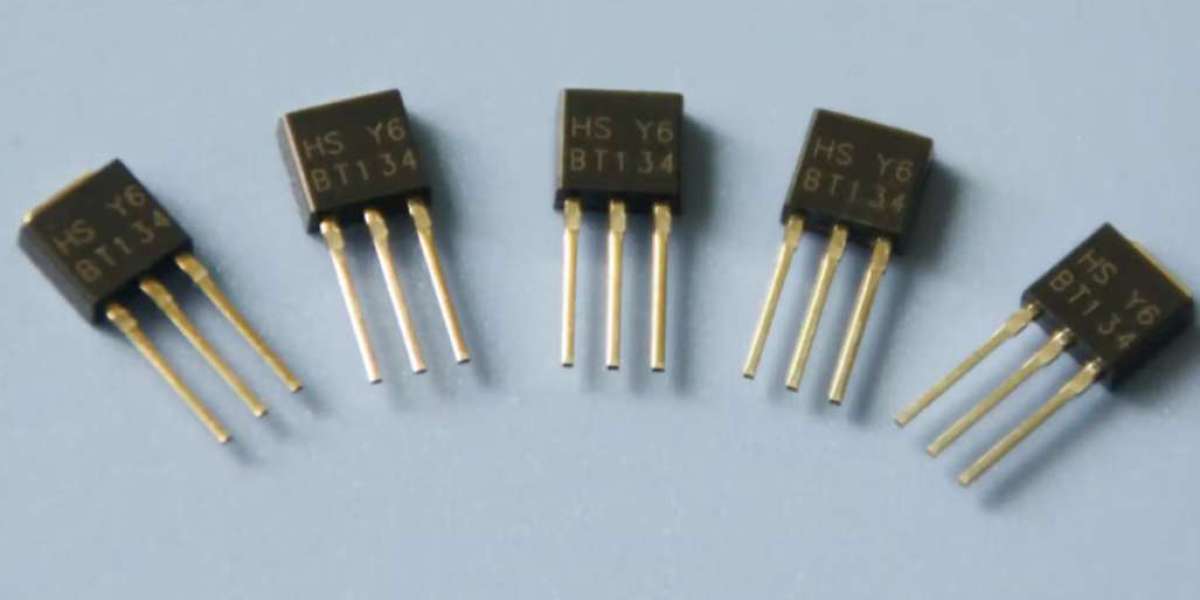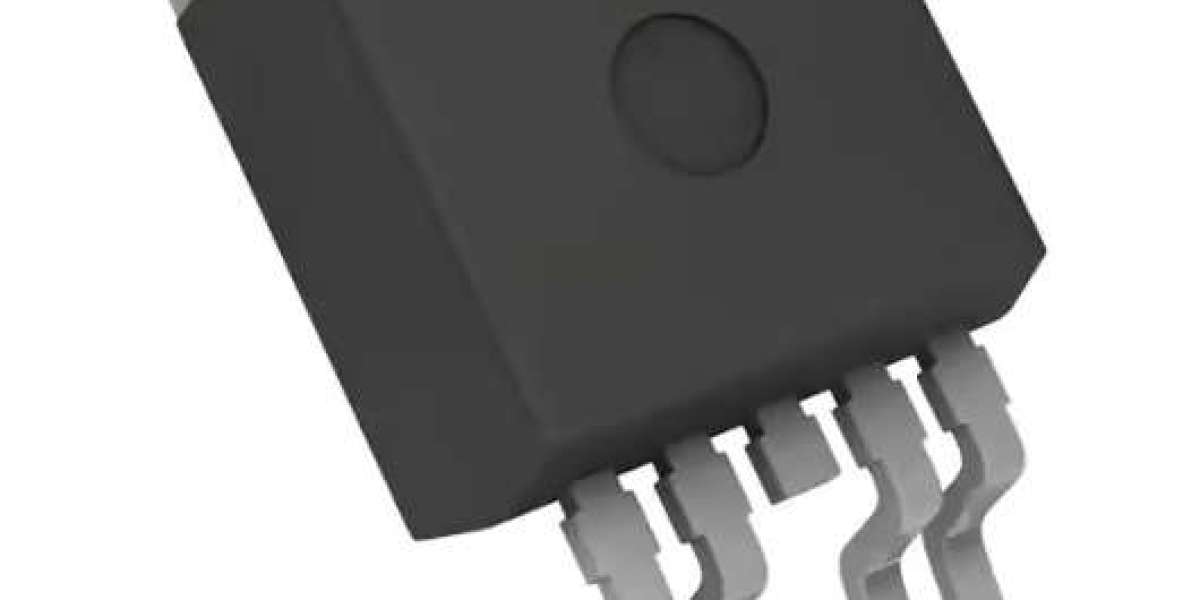TRIACs (Triode for Alternating Current) are a vital component in modern electronic circuits, providing efficient control over alternating current (AC) signals. They are widely used in industrial, commercial, and consumer applications due to their robust functionality and adaptability. In this article, we delve into the technical principles of TRIACs, explore their key applications, and discuss the various product categories available in the market.

What Are TRIACs and How Do They Work?
TRIACs are three-terminal semiconductor devices designed to control power flow in AC circuits. The three terminals are:
Main Terminal 1 (MT1): One end of the load circuit.
Main Terminal 2 (MT2): The other end of the load circuit.
Gate: The control terminal.
When a small current is applied to the gate, the TRIAC switches on and allows current to flow between MT1 and MT2. Unlike traditional thyristors, TRIACs can conduct in both directions, making them ideal for controlling AC signals.
The switching mechanism relies on the interaction of two PNPN structures within the TRIAC. When the gate receives a triggering pulse, it activates one of these structures, enabling the bidirectional flow of current. The TRIAC remains on as long as the current flowing through it exceeds a certain holding value. Once the current falls below this threshold, the TRIAC switches off, returning to its non-conductive state.
Key Applications of TRIACs
TRIACs are essential in various applications that require AC power control. Some of the most common use cases include:
1. Light Dimming
TRIACs are widely used in dimmer switches for controlling the brightness of incandescent and LED lights. By adjusting the phase angle of the AC waveform, they regulate the power delivered to the light source, enabling precise dimming control.
2. Motor Speed Control
In electric motors, TRIACs facilitate speed regulation by varying the power supplied to the motor. This application is prevalent in household appliances like fans, washing machines, and industrial equipment.
3. Heating Systems
TRIACs are integral to temperature control in heating systems, such as electric stoves, water heaters, and thermostats. By modulating the power output, they maintain the desired temperature levels efficiently.
4. Power Tools
In drills and other power tools, TRIACs ensure smooth speed transitions and torque control, enhancing usability and safety.
5. Industrial Automation
TRIACs play a significant role in industrial processes requiring precise control over machinery and power distribution.

TRIAC Product Categories
The TRIAC market offers a wide range of products tailored to specific applications and requirements. These products are typically categorized based on their voltage and current ratings, triggering modes, and packaging. Below are some common categories:
1. Low-Power TRIACs
These TRIACs are designed for applications with low current and voltage demands, such as small household appliances and lighting systems. They typically feature low gate triggering currents and compact designs.
2. Medium-Power TRIACs
Medium-power TRIACs cater to applications requiring moderate power levels, such as motor controllers and heating systems. They balance performance and efficiency, making them suitable for a wide range of uses.
3. High-Power TRIACs
High-power TRIACs are built for industrial applications involving heavy loads, such as large motors and machinery. They feature robust designs with high voltage and current ratings to ensure reliability under demanding conditions.
4. Sensitive-Gate TRIACs
These TRIACs require minimal gate current to trigger, making them ideal for interfacing with low-power control circuits, such as microcontrollers and sensors. They are commonly used in IoT devices and smart home applications.
5. Snubberless TRIACs
Snubberless TRIACs eliminate the need for external snubber circuits, simplifying design and reducing component count. They are optimized for handling inductive loads, such as motors and transformers, without excessive electromagnetic interference.

Choosing the Right TRIAC for Your Application
Selecting the appropriate TRIAC depends on several factors:
Voltage and Current Ratings: Ensure the TRIAC can handle the maximum voltage and current in your application.
Triggering Characteristics: Consider the gate current and voltage requirements based on your control circuitry.
Load Type: Match the TRIAC’s capabilities to the nature of your load, whether resistive, inductive, or capacitive.
Thermal Management: Evaluate the need for heat sinks or thermal protection to prevent overheating.
Package Type: Choose a package that aligns with your space and mounting requirements, such as TO-220 or surface-mount options.
By carefully assessing these factors, you can optimize performance and ensure the reliability of your TRIAC-based circuits.
Conclusion
TRIACs are versatile components that simplify AC power control across a wide array of applications. Their bidirectional conduction, ease of triggering, and adaptability make them indispensable in modern electronics. Whether you’re designing a dimmer switch, motor controller, or industrial automation system, TRIACs offer a reliable and efficient solution.
About Us
MobikeChip offers a broad range of genuine electronic components from over 2,600 manufacturers at competitive prices. Our product portfolio includes Integrated Circuits (ICs), Discrete Semiconductor Products, Resistors, Capacitors, Relays, Switches, Transformers, Sensors, Transducers, Inductors, Coils, Chokes, Potentiometers, Variable Resistors, Crystals, Thermal Management products, and more.
Category page: TRIACs-Thyristors-Manufacturers-Dealer-MobikeChip






